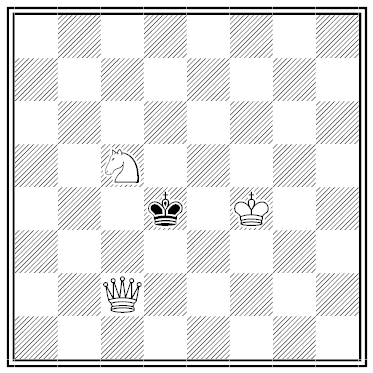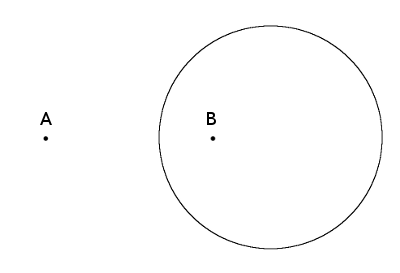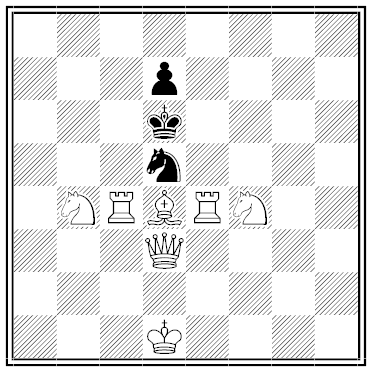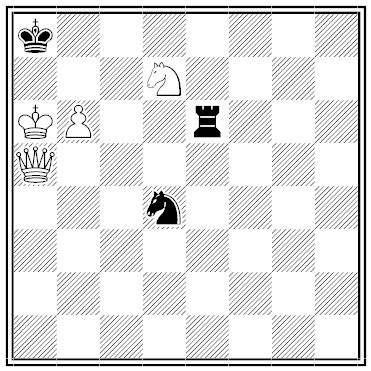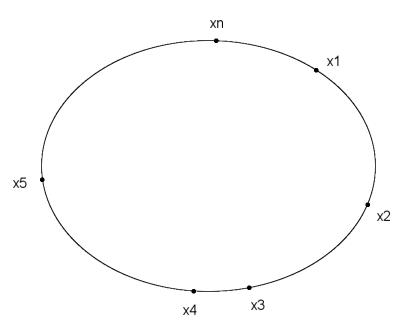From Miscellanea Curiosa: or, Entertainments for the Ingenious of Both Sexes, January 1734:
One evening, as I walk’d to take the Air,
I chanc’d to overtake two Ladies fair;
Each by the Hand a lovely Boy did lead,
To whom in courteous Manner thus I said:
Ladies! so far oblige me as to shew
How near akin these Boys are unto you?
They, smiling, quickly made this dark Reply,
Sons to our Sons they are, we can’t deny:
Though it seem strange, they are our Husbands’ Brothers,
And likewise each is Uncle to the other:
They both begot, and born in Wedlock were,
And we their Mothers and Grandmothers are.
Now try if you this Mystery can declare.
|
SelectClick for Answer |
Two widow Ladies married were,
Each to the other’s Son;
And they both pregnant did appear
E’er one full Year was run.
The Consequence of which did prove,
To each a charming Boy;
This did cement their Husband’s Love,
And added to their Joy.
By this Event likewise it’s plain
They did commence Grandmothers,
And that their Husbands did obtain
Two young delightful Brothers.
A Brother you may justly call
Each, to the other’s Father:
Uncles they were reciprocal,
You easily may gather.
|

